Report on Human Resource Management Theories and Practices at Tesco
VerifiedAdded on 2023/06/10
|6
|1433
|76
Report
AI Summary
This report provides an overview of Human Resource Management (HRM) at Tesco, a British multinational supermarket chain. It delves into various HR management theories such as Organisational Life Cycle Theory, Strategic Contingency Theory, and General Systems Theory, highlighting Tesco's adoption of the organizational life cycle theory. The report also explores different roles of HRM, including recruitment and employee screening, and employee training. Furthermore, it examines Tesco's democratic management style, employee motivation strategies, and the positive relationship between managers and employees. Finally, the report discusses the role of culture within Tesco, focusing on power culture, task culture, person culture, and role culture, noting Tesco's implementation of a role culture to enhance business operations. Desklib provides students with access to this assignment, along with numerous past papers and solved assignments.
1 out of 6

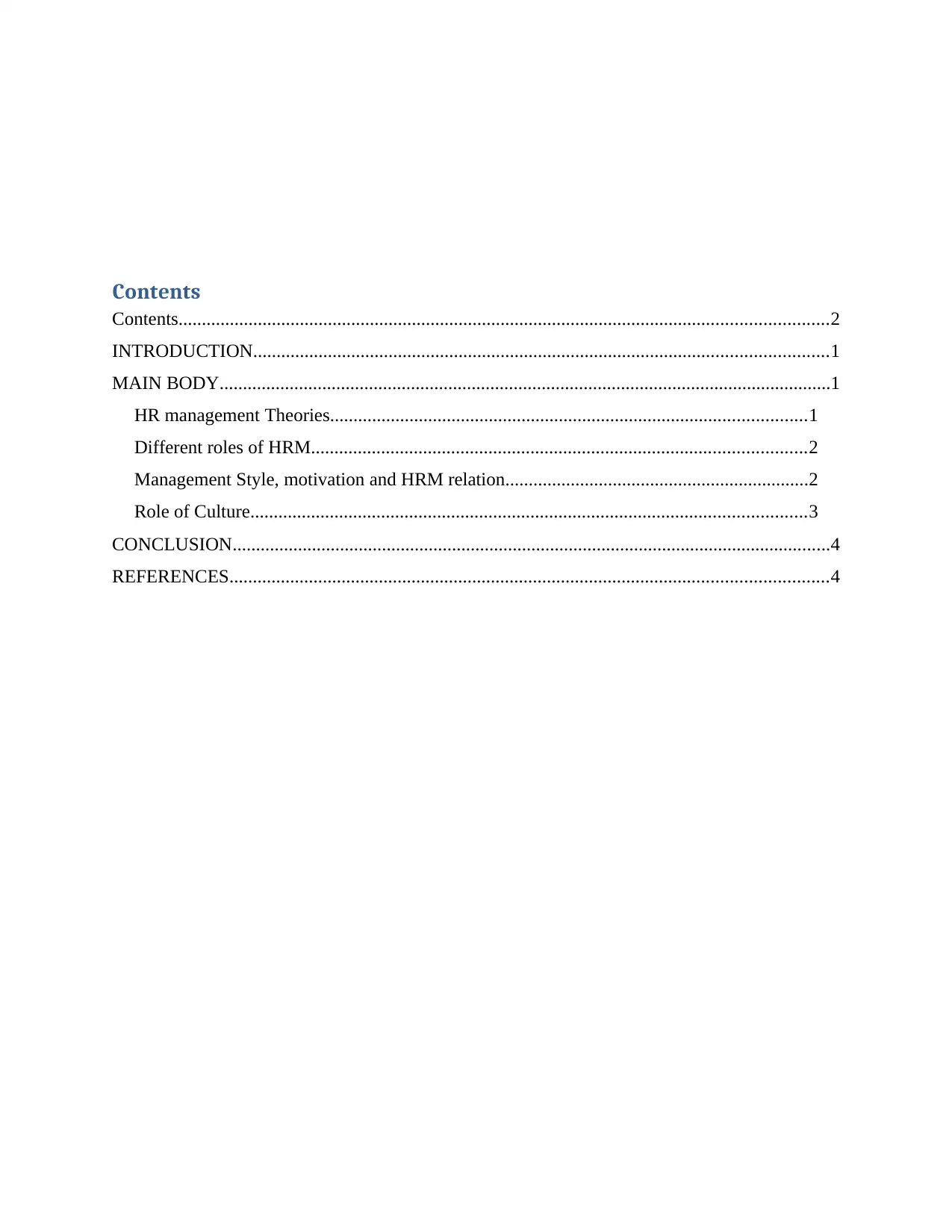
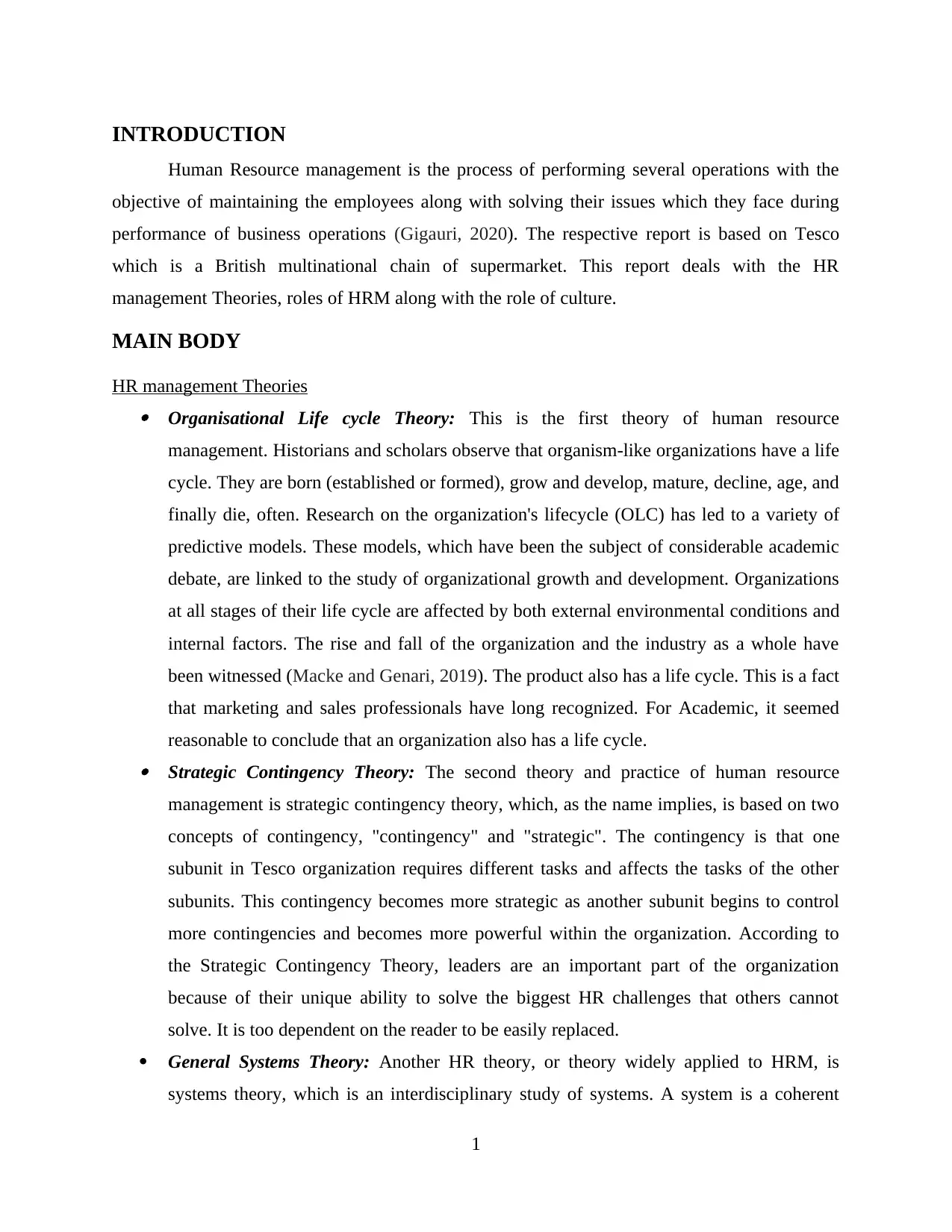
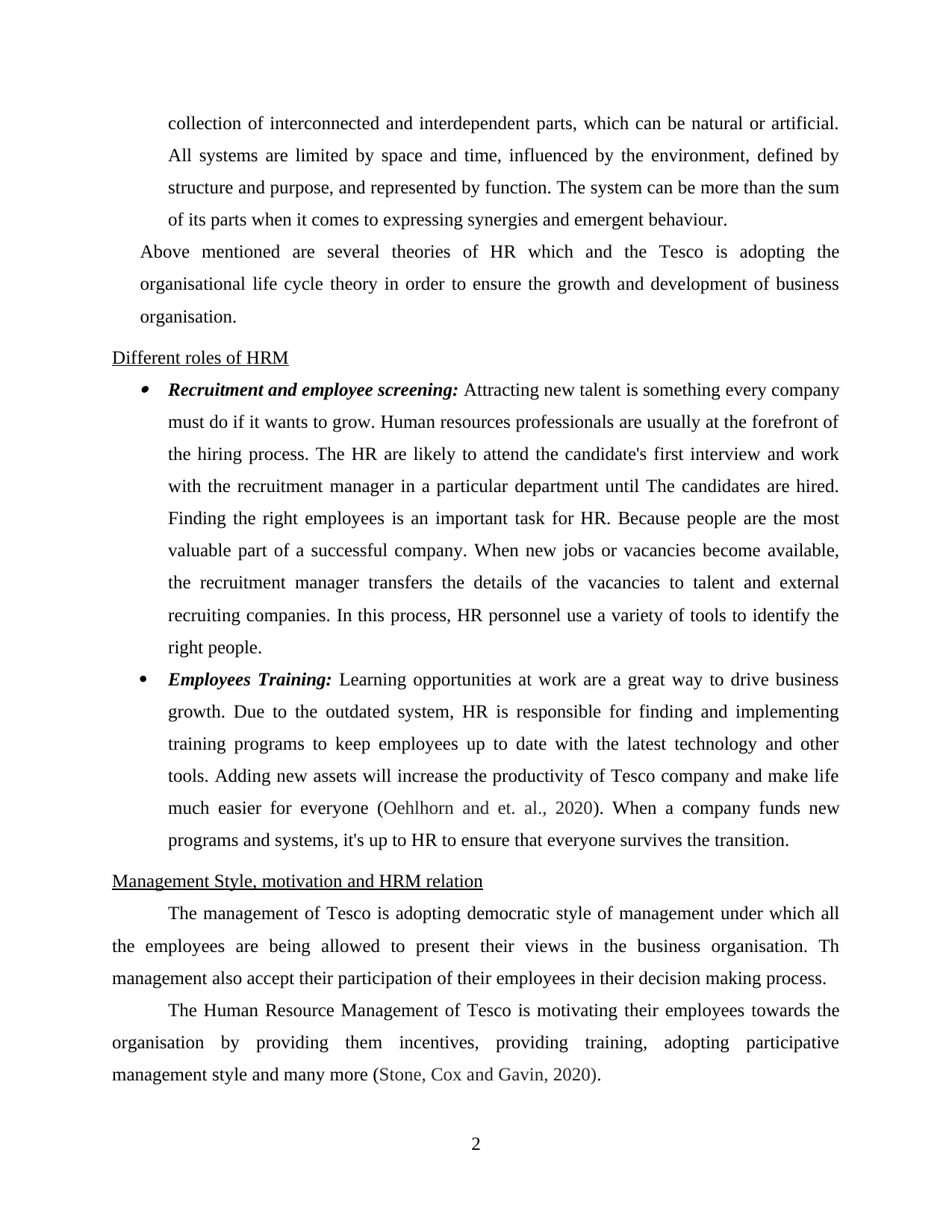
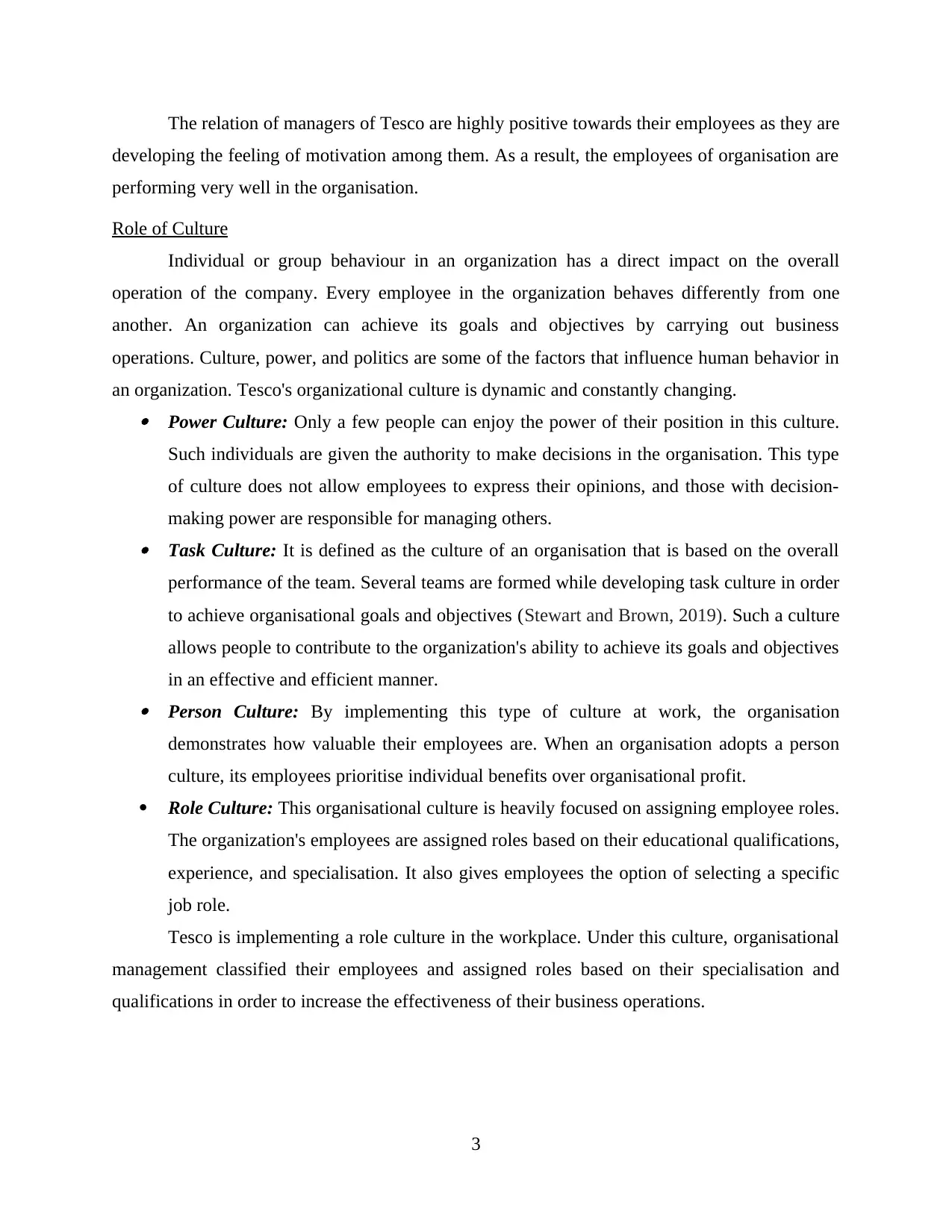
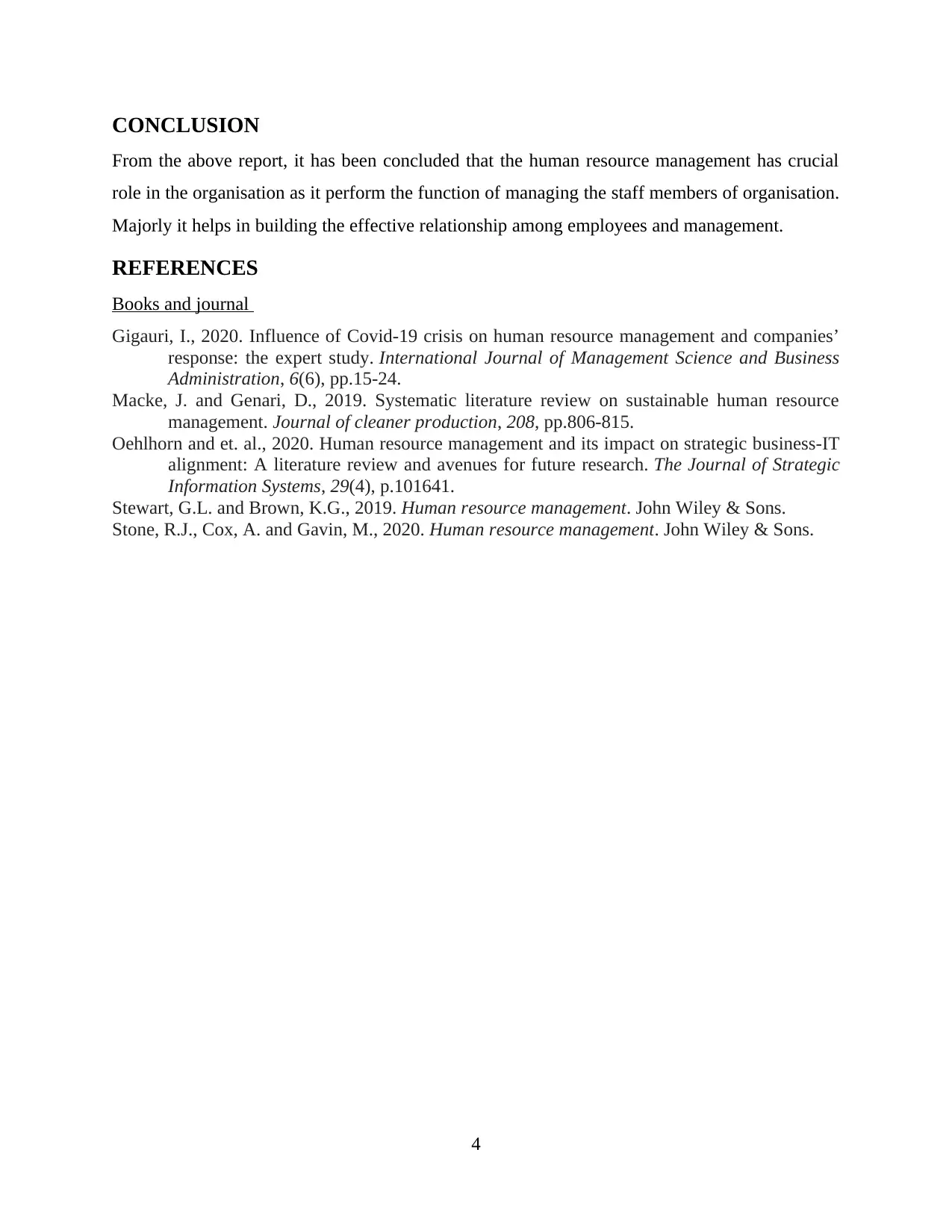




![[object Object]](/_next/static/media/star-bottom.7253800d.svg)